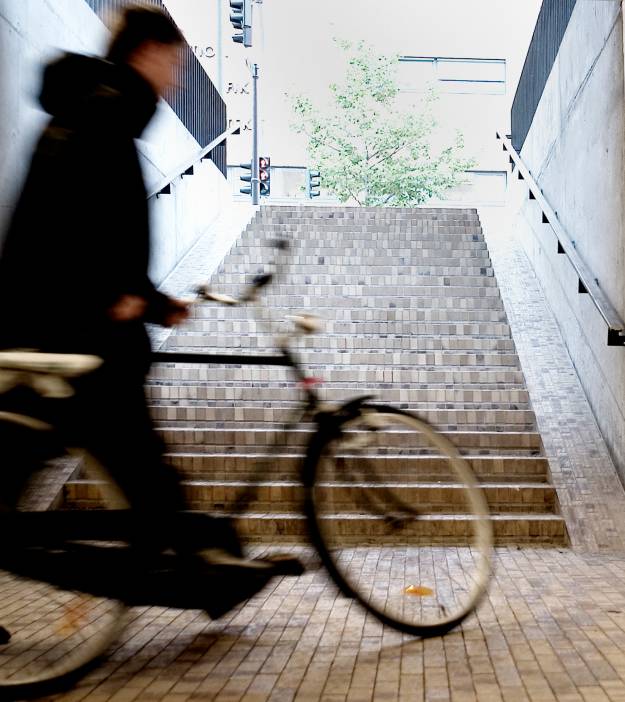Cycle-proofing is British Cycling’s term for the practice of ensuring that cycling is designed into all new roads and junctions. The aim of cycle-proofing is to make travelling by bicycle safer, more convenient and more desirable form of transport. If new road and junction design achieves this then it has been cycle-proofed.
Chris Boardman, British Cycling’s Policy Advisor, has produced a video to help explain the concept of cycle-proofing.
Chris Boardman said: “Put simply, cycle-proofing is about ensuring that cycling is designed into all new roads and junctions. The goal should be to make any new infrastructure safer for cyclists, more convenient and make it a more desirable thing to do.”
Cycle-proofing measures are often simple and cheap solutions such as lower speed limits. Others are less common in this country such as dedicated space for people on bikes and giving cycling priority at junctions to reduce collisions. The important thing is that these are joined up, consistent and they make cycling a desirable form of transport.
International best practice shows us when direct, attractive and joined up roads and infrastructure is created for cycling, cycling takes root and becomes a significant mode of transport. This will get more people cycling which is good for the sport as well as our health, environment and economy.
The Get Britain Cycling report recommended a series of actions that should form part of any cycle-proofing action plan:
- A statutory requirement that the needs of people travelling by bicycle or on foot are considered at an early stage of all new development schemes.
- Revise existing design guidance, to include more secure cycle parking, continental best practice for cycle-friendly planning and design.
- The Highways Agency should draw up a programme to remove the barriers tocycle journeys parallel to or across trunk roads and motorway corridors.
- Local authorities should seek to deliver cycle-friendly improvements across their existing roads, including small improvements, segregated routes, and road reallocation.
- The Department for Transport should approve and update necessary new regulations, such as allowing separate traffic lights for cyclists.












